Let’s face it—most of us barely recognize yesterday’s tech, let alone tools from centuries ago. In a world filled with voice assistants, smart appliances, and digital everything, it’s easy to forget the humble beginnings of many of the devices and techniques we take for granted today.
But every so often, an old object pops up online—something so unusual, so seemingly random, that people start asking: What on earth is that?
This is one of those moments.
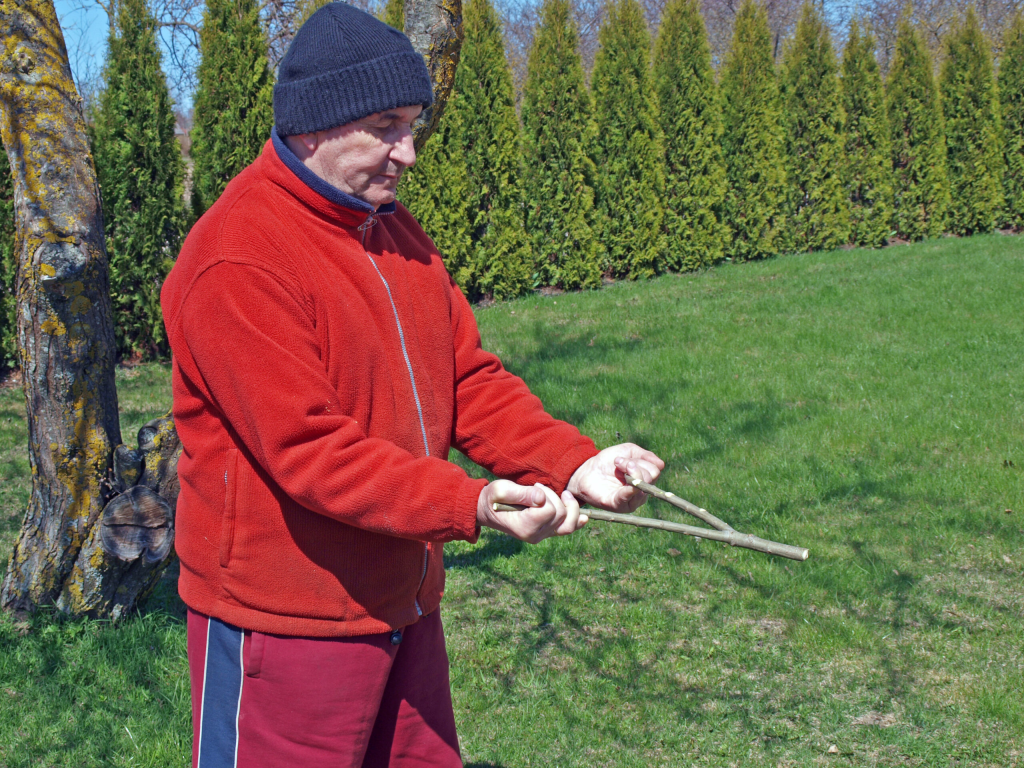
The Mystery of the V-Shaped Wooden Tool
A photo has been making the rounds lately. It shows what looks like a plain, Y-shaped tree branch—no markings, no moving parts, nothing flashy. Just a stick.
To the average eye, it might look like something you’d toss to a dog. But here’s the thing… that simple-looking tool was once essential in certain communities. It’s called a dowsing rod, and it was once a prized possession in rural homes across the world.
Also known by names like diviner, well witch, doodlebug, or water-finder, this strange forked stick has roots (pun intended) stretching back centuries.
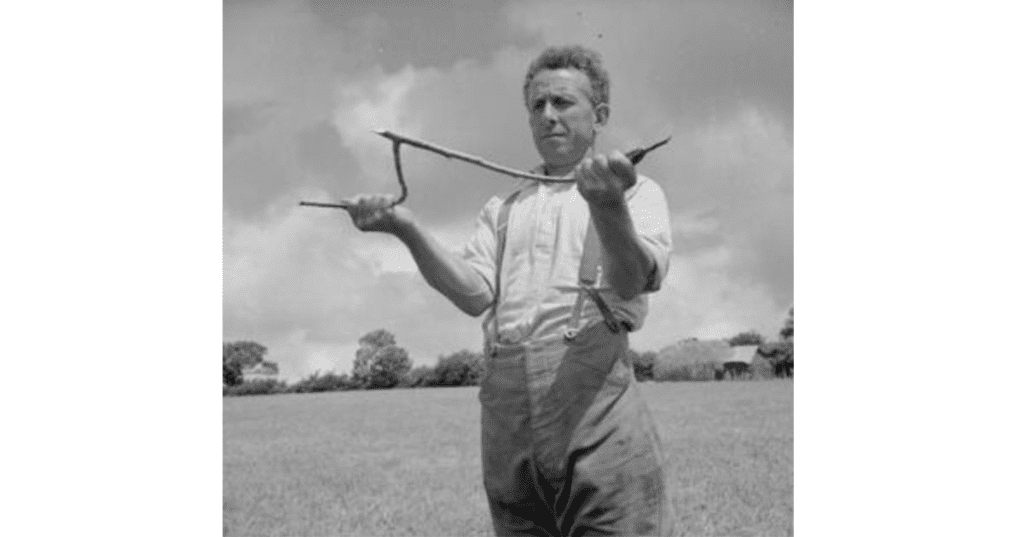
What Is Dowsing and How Did It Work?
If you’ve never heard of water dowsing, you’re not alone. It’s an ancient method—some call it folklore, others call it science-adjacent—used to locate underground water sources.
Here’s how it worked: the dowser would hold the two ends of the Y-shaped stick in each hand, palms facing upward. The “stem” of the Y (the part pointing forward) would angle slightly downward, toward the earth. Then, with quiet focus, the dowser would walk slowly across the land.
The goal? To feel the stick move or “vibrate” when it passed over water hidden underground.
Sounds a bit mystical, right? That’s because it kind of is.
While scientists have long debated the legitimacy of dowsing, countless families swear by its success. Especially in older times, when modern drilling and plumbing weren’t options, people had to rely on instinct, tradition, and sometimes a little bit of luck to dig their wells.
Video: Water Dowsing With My Crazy Husband
A Tool That Dates Back to the 1500s
Though water dowsing might sound like a recent country curiosity, it actually dates all the way back to the 16th century in Europe.
At that time, dowsing wasn’t just used for water—it was used to find valuable underground metals like gold, silver, and tin. Eventually, the method shifted focus toward one of life’s greatest necessities: fresh water.
In remote villages and new settlements, especially during the pioneer days, a successful water dowser could be seen as nothing short of a hero. A well in the right spot meant survival. And that crooked stick? It held the promise of a future.
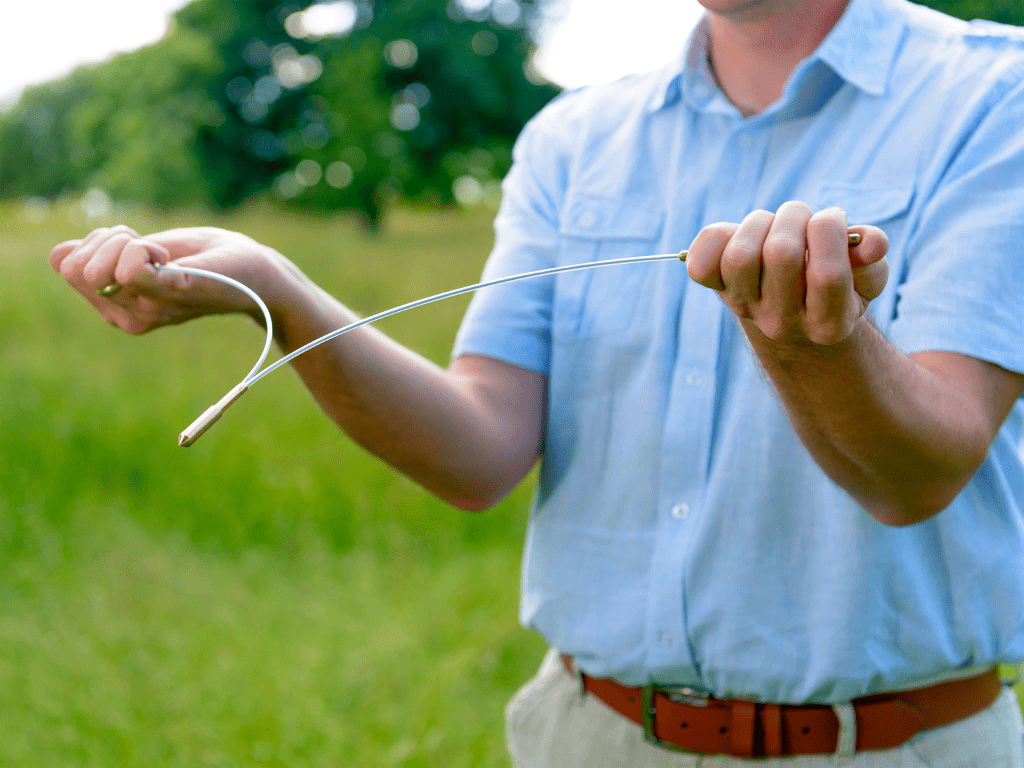
From Superstition to Utility: Why People Believed in It
So why did people trust such a simple tool to find water? One word: results.
Despite the skeptics, many dowsers seemed to have an uncanny knack for finding water in the most unlikely places. Whether it was intuition, knowledge of the land, or sheer coincidence, they often got it right.
Over time, the practice became almost ritualistic. Some believed it was a spiritual gift. Others chalked it up to experience. Either way, that V-shaped tool became an iconic symbol of rural wisdom.
Video: Dowsing for Water: Does It Really Work? #Dowsing #WaterWitching
Modern-Day Curiosity and the Rise of Nostalgia
Fast-forward to today, and this odd little object has found a second life—not in fields or forests, but in online forums and antique shops.
People stumble across them in barns, estate sales, or tucked away in grandparents’ sheds. And when they post photos asking “What is this thing?”, the answers usually surprise them.
There’s something kind of beautiful about that, isn’t there?
In a world obsessed with sleek design and cutting-edge innovation, a crooked stick can still get people talking. It reminds us of a time when knowledge was passed down face to face, and when problem-solving didn’t always involve apps or algorithms.
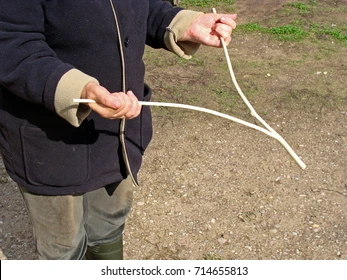
Why It Still Matters Today
Sure, most of us aren’t going to toss aside our water meters and GPS tools for a Y-shaped stick. But there’s a quiet wisdom in these old tools. They represent human curiosity, resilience, and a deep connection to the land.
Even if dowsing isn’t 100% scientific, the idea of slowing down, reading the land, and trusting your instincts still resonates. Especially now, when so much of life feels rushed and automated.
It’s no wonder vintage tools like this spark such fascination. They’re more than relics. They’re reminders of where we came from—and how clever we had to be to survive.
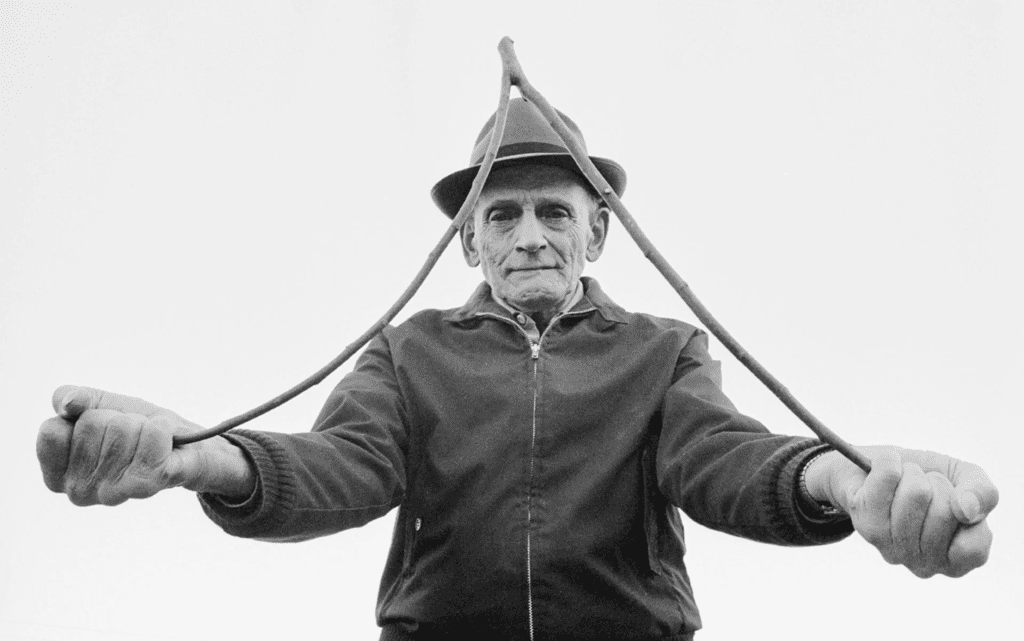
Conclusion: The Humble Dowsing Rod Lives On
So, have you seen one of these antique tools before? Maybe it was hanging on a wall, buried in a box, or sitting quietly in a field, waiting to be remembered.
Whether you believe in its mystical powers or not, there’s no denying the dowsing rod’s place in history. It’s a quirky, beautiful piece of the past that still sparks curiosity today.
And who knows? Maybe you’ll be the one to recognize it next time someone asks, “What is this?”